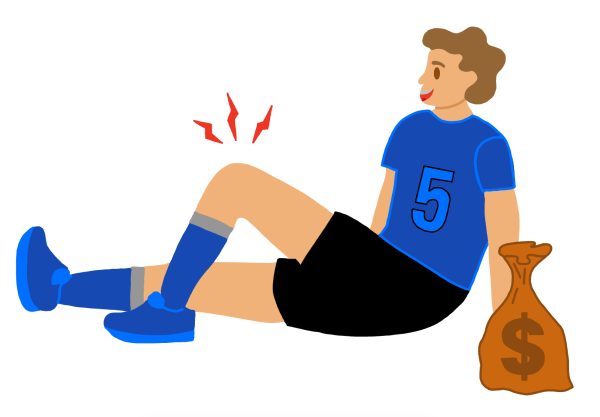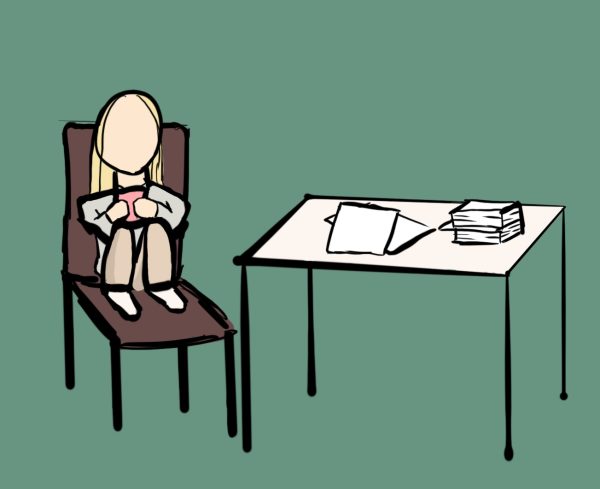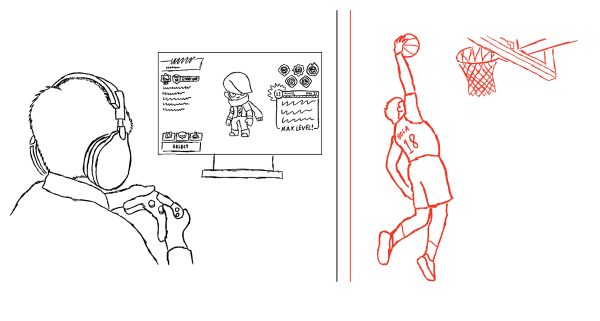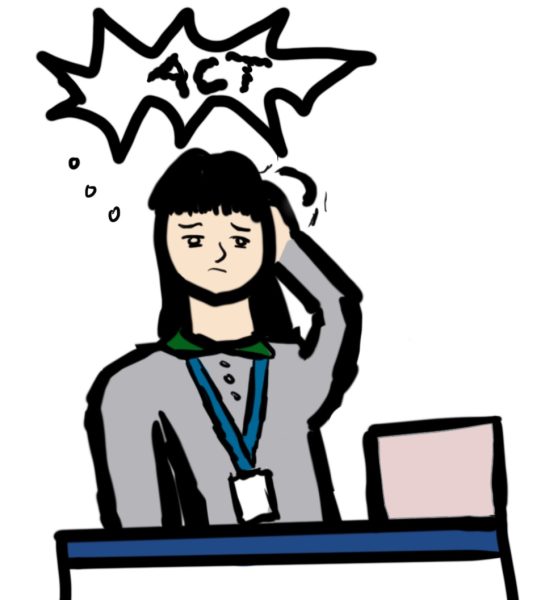Drawbacks of welfare prompt new solutions to poverty
Whether or not you agree with the welfare programs in America, you cannot they have drawbacks. These include increased taxes on the rest of the citizens, as well as their lack of efficiency. Programs such as “Temporary Assistance for Needy Families”, or TANF, often result in strengthening the cycle of poverty, not breaking it. This is because those on this aid can end up dependent on it. If one becomes dependent on welfare, they won’t try to get a better job, or they may even start to work less than before. But before you start blindly hating welfare, you should know that this is not the case for all of those on welfare. There are certainly people who are just unlucky, and they aren’t able to get a good job due to other factors in their life such as disabilities, disorders, children to take care of, and so on. According to the U.S. Census Bureau, only 2% of full time workers are in poverty, which further solidifies this claim. It should also be noted that between 1960 (the start of the “War on Poverty”), and 1970, the United States saw about a 10% decrease in poverty. However the poverty rate has remained between 10 and 15 percent from 1970 to present day. This is bad news, considering that the average aid money given per person has more than doubled since 1970.
So how can we improve on this, or replace it with something better? Well there are many ideas with different benefits and drawbacks. Some interesting ideas include scrapping welfare programs to put the money towards cheaper education, universal basic income, or lower taxes to name a few; however there are some more interesting ideas out there that could simultaneously replace welfare, and solve a few other problems in Modern America. The most interesting of these proposals is the implementation of state owned enterprises, or SOE’s. An SOE is a business or company that is run by the government. It has undeniable flaws and drawbacks that I will get to, but let’s first go over how it could benefit us.
For an SOE to help the impoverished, we need it to create and sustain a large amount of jobs with few prerequisites. There are a handful of business models that could meet this criteria: public transportation, infrastructure development, mailing services, airports, and other similar services. The use of few prerequisites helps those who do not have education to get a job. This allows the poor to obtain work experience and money at the same time. They may then use the work experience to get a better job when possible. The next benefit is it’s possibility of self-sustainability, accomplished by using the revenue to pay employees instead of taxes. An additional benefit of this system, if the business is getting adequate profit, is that the government gets a new income source and is able to lower taxes without budget cuts. This may seem perfect so far, but there are still many problems with SOE’s.
Let’s start with the elephant in the room, would this give the government too much power over the economy? Yes, unless we perfect the mix between regulation and freedom of the government owned company. Too much regulation and the company will fail, too little and it can run private companies out of business. A potential solution for this problem is regulating the price of whatever service/product this company offers. A simple way of doing this would be pricing it as the average of similar products/services in the market. In theory this keeps the SOE from being too competitive to the point that it harms private companies, but it remains successful enough to sustain itself and keep up with the market. But the free market is a complex beast and this may not work as intended. But there is another problem, there are a lot of people in poverty that need employment. Using 2018 statistics from the U.S. Census Bureau, we see that the poverty rate was at 11.2% (for adults ages 18-64), we know that 63% of them were not working, mostly due to disabilities or family reasons. This means we need to provide jobs for about 23 million people. This requires the government creating multiple SOEs to account for the jobs needed, which increases the danger of too much government power. On top of that, hiring overly large amounts of inexperienced workers can be very cost inefficient. Not to mention that many of the unemployed in poverty are single parents who have children. This causes them to be unable to find work as they have no one to look after their children while they work.
The most notable SOE in the United States is Amtrak. Since it’s foundation, it has never generated a profit, in fact the government has spent 46 billion dollars in order to keep it afloat since its creation. But it has, surprisingly, started to become closer to self-sustainability. In 2011 it’s farebox recovery rate (operating costs covered by revenues) was 79%, and in 2016 it rose to 94%. These are the highest farebox recovery rates of any railroad in the United States. For reference in 2011 the next highest railroad farebox recovery rate was only 62.3%, and Metra’s was a mere 40.5%. Amtrak is close to being an example of a viable SOE, but it lacks the main point of this idea: providing jobs to help those in poverty. It only has about 20,000 employees total. This means that it only covers under 0.09% of the jobs needed.
Would this work? Most likely no, but it is possible in theory. Understanding this concept is important because it can be one of the more complex and misleading replacements for welfare. It is an extremely powerful system, and while such power can be used for good, it can very well be used poorly or maliciously. So if this isn’t a good replacement, what is? It’s hard to say, I personally think that no single program can be perfect. It’s likely that the only viable replacement would be a combination of many programs that accomplish different tasks. But what will certainly help in finding this replacement, is discussing the issue. we need to start putting a legitimate effort towards finding a more effective and permanent solution to poverty in this country.
Your donation will support the student journalists of Saint Viator High School. Your contribution will allow us to purchase equipment and cover our annual website hosting costs.








